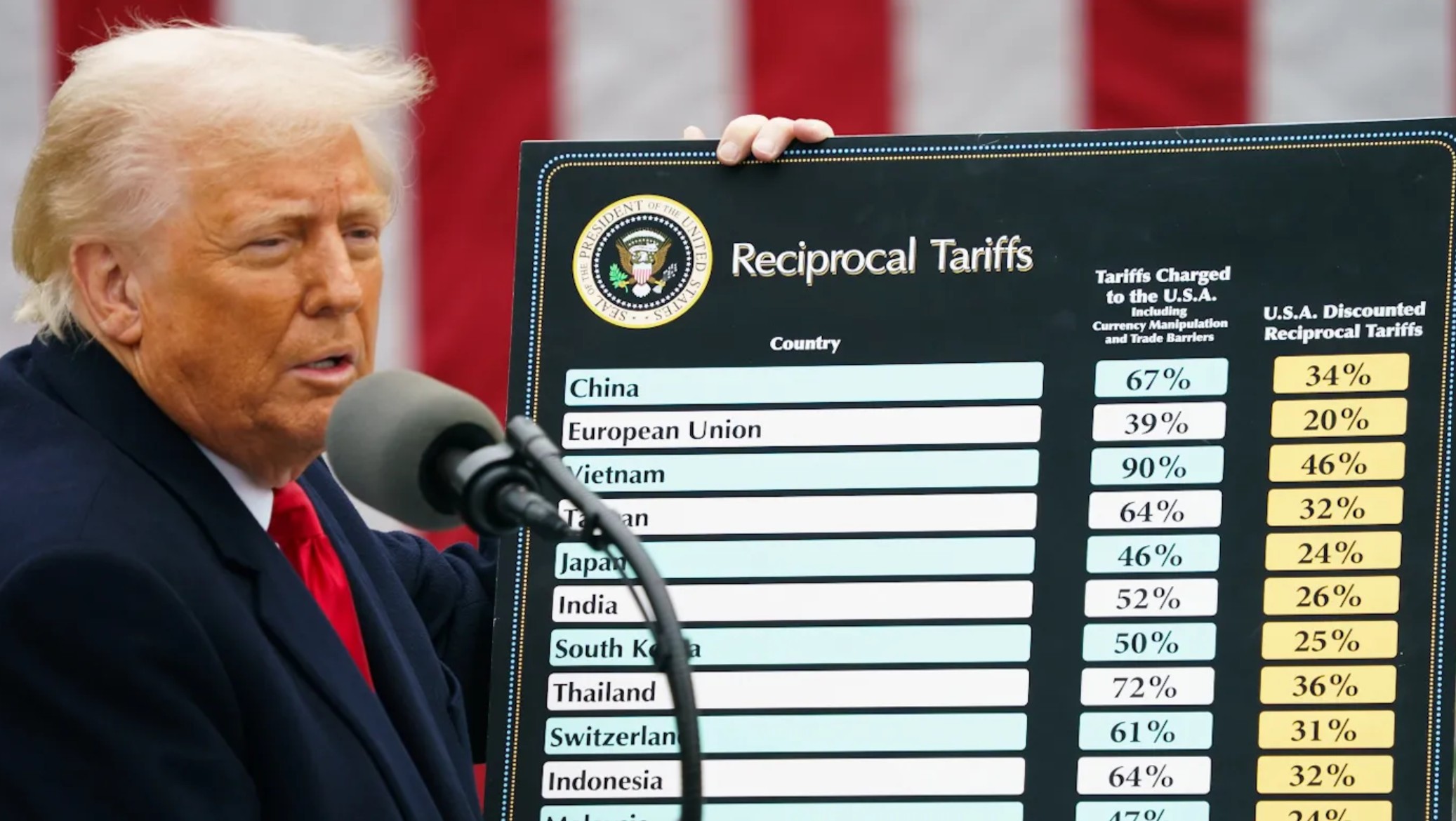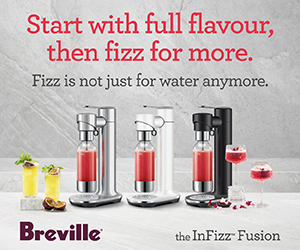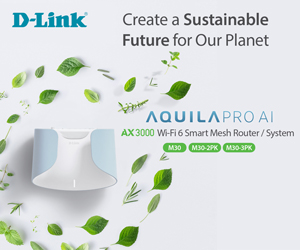Trump’s tariffs, a 10% cost impost on all its imports (our exports), will only affect Australian-made exports to the USA. There should be little impact on consumer tech prices.
Some countries have higher ‘reciprocal’ rates (see the list later), including 35% for imported steel and aluminum and a 25% flat rate on cars.
We export to the US
The Australian export list includes A$16.6 billion in 2024
- Meat and edible offal (4.12B)
- Pharmaceutical products (1.38B)
- Precious and exotic minerals and stones (2.27B)
- Medical devices (1.10B)
- Ore slag and ash (575.53M)
- Iron ore and finished steel (400.36M)
- Aluminium ingots (275.44)
So, at worst, the USA will either stop or reduce importing these products. It can also pay the tariff, which will cost its users more. In almost every case, Australian exporters have or can find alternative free trade markets. They can also offer Australians better meats and produce that they now export.
We import from the US
At this stage, the Albanese government has not, and is unlikely to, impose reciprocal tariffs on the $34.6 billion in US imports (listed here). These include:
- Machinery, boilers (6.71B)
- Cars (5.05B)
- Electronics (3.9B)
- Aircraft (2.73B)
- Medical apparatus (2.6B)
- Pharmaceutical (2.38B): about 21% came from the USA in 2023
- Foods like pork, grapes, chocolate, confectionery, nuts, and sauces <$50M
While we have no import tariffs, the likelihood is that imports from the US, made from 100% US primary ingredients and imported products from high-tariff countries and steel and aluminium, will increase.
Australia will have the option to buy elsewhere in free trade markets. For example, Jim Beam drinkers may have to drink the Asian made-version (owned by Japan’s Suntory, anyway).
What about Consumer lifestyle tech?
Frankly, 90+% of the world’s consumer tech is assembled in China from components made in China (Trump’s tariff is 20%). An increasing amount is assembled in Vietnam (Trump’s tariff is now 46%), India (now 26%), and other countries, but these still use mostly Chinese-made components.
Even US companies like Dell, HP, Apple, Intel, Cisco, and many others may design products in the US but manufacture them elsewhere. Trump is trying to get them to manufacture in the USA for the USA market – a strategy that may work. Pretty much every US company can supply Australia with consumer electronics via subsidiaries in free trade markets. There will be little impact unless the product contains a high percentage of US-made content or utilises imported materials.
Apple will suffer in the US – at least in the short term
Almost all of Apple’s products are made in countries affected by Trump’s higher tariffs. Products include iPhones, iPads, and Apple Watches, accounting for three-quarters of its $400 billion in annual revenue. Factories don’t happen overnight, and there will be significant increases in the prices sold to US consumers.
Trump wants Apple to invest billions in local manufacturing. Analysts suggest that it may be more cost-effective for the company to comply than to lose an already price-sensitive market for its overpriced goods.
Grey Area – software and services
Australian-made software and services will cost US consumers 10% more, which may lead to the consumption of alternative US products. Companies like Atlassian and Canva will likely already have US subsidiaries and will find ways to minimise tariff impacts. It is the smaller software and specialist consulting firms that may suffer the most. But the Catch-22 is that we are already cheaper than US services by virtue of the US dollar’s strength.

CyberShack’s view: Trump’s tariffs don’t really affect Joe and Jane Average in Australia
Now that you understand that Trump’s tariffs are purely to encourage US manufacturing for US consumers, you don’t really have to worry. Our exporters will find replacement markets, but frankly, apart from a few items, we can import US equivalent goods and services from free trade markets with little effect.
That brings in another wild card. While the AU/US hovers around 60 cents, it is more expensive to buy US imports and cheaper to sell Australian exports to them. The strongest AU/US exchange rate was $1.10 very briefly in 2011, and for the last 10+ years, it has been around 58-70 cents.
So don’t let retailers fool you into a sense of urgency to buy now—that’s more FUD.
Any macroeconomics experts out there, feel free to comment or email [email protected].
List of Trump’s tariffs and countries
Country/Rate
Afghanistan 10
Albania 10
Algeria 30
Andorra 10
Angola 32
Anguilla 10
Antigua and Barbuda 10
Argentina 10
Armenia 10
Aruba 10
Australia 10
Azerbaijan 10
Bahamas 10
Bahrain 10
Bangladesh 37
Barbados 10
Belize 10
Benin 10
Bermuda 10
Bhutan 10
Bolivia 10
Bosnia and Herzegovina 35
Botswana 37
Brazil 10
British Indian Ocean Territory 10
British Virgin Islands 10
Brunei 24
Burundi 10
Continued
Cabo Verde 10
Cambodia 49
Cameroon 11
Cayman Islands 10
Central African Republic 10
Chad 13
Chile 10
China 34
Christmas Island 10
Cocos Islands 10
Colombia 10
Comoros 10
Cook Islands 10
Costa Rica 10
Curaçao 10
Democratic Republic of Congo 11
Djibouti 10
Dominica 10
Dominican Republic 10
Ecuador 10
Egypt 10
El Salvador 10
Equatorial Guinea 13
Eritrea 10
Eswatini 10
Ethiopia 10
European Union 20
Falkland Islands 41
Fiji 32
French Guiana 10
French Polynesia 10
Gabon 10
Gambia 10
Georgia 10
Ghana 10
Gibraltar 10
Grenada 10
Guadeloupe 10
Guatemala 10
Guinea 10
Guinea-Bissau 10
Guyana 38
Haiti 10
Heard and McDonald Islands 10
Honduras 10
Iceland 10
India 26
Indonesia 32
Iran 10
Iraq 39
Israel 17
Ivory Coast 21
Jamaica 10
Japan 24
Jordan 20
Kazakhstan 27
Kenya 10
Kiribati 10
Kosovo 10
Kuwait 10
Kyrgyzstan 10
Continued
Laos 48
Lebanon 10
Lesotho 50
Liberia 10
Libya 31
Liechtenstein 37
Madagascar 47
Malawi 17
Malaysia 24
Maldives 10
Mali 10
Marshal Islands 10
Martinique 10
Mauritania 10
Mauritius 40
Mayotte 10
Micronesia 10
Moldova 31
Monaco 10
Mongolia 10
Montenegro 10
Montserrat 10
Morocco 10
Mozambique 16
Myanmar 44
Namibia 21
Nauru 30
Nepal 10
New Zealand 10
Nicaragua 18
Niger 10
Nigeria 14
Norfolk Island 29
North Macedonia 33
Norway 15
Pakistan 29
Panama 10
Papua New Guinea 10
Paraguay 10
Peru 10
Philippines 17
Qatar 10
Republic of the Congo 10
Réunion 37
Rwanda 10
Continued
Saint Helena 10
Saint Kitts and Nevis 10
Saint Lucia 10
Saint Pierre and Miquelon 50
Saint Vincent and the Grenadines 10
Samoa 10
San Marino 10
São Tomé and Príncipe 10
Saudi Arabia 10
Senegal 10
Serbia 37
Sierra Leone 10
Singapore 10
Sint Maarten 10
Solomon Islands 10
South Africa 10
South Korea 25
South Sudan 10
Sri Lanka 44
Sudan 10
Suriname 10
Svalbard and Jan Mayen 10
Switzerland 31
Syria 41
Taiwan 32
Tajikistan 10
Tanzania 10
Thailand 36
Timor-Leste 10
Togo 10
Tokelau 10
Tonga 10
Trinidad and Tobago 10
Tunisia 28
Turkey 10
Turkmenistan 10
Turks and Caicos Islands 10
Tuvalu 10
Uganda 10
Ukraine 10
United Arab Emirates 10
United Kingdom 10
Uruguay 10
Uzbekistan 10
Vanuatu 22
Venezuela 15
Vietnam 46
Yemen 10
Zambia 17
Zimbabwe 18









Comments